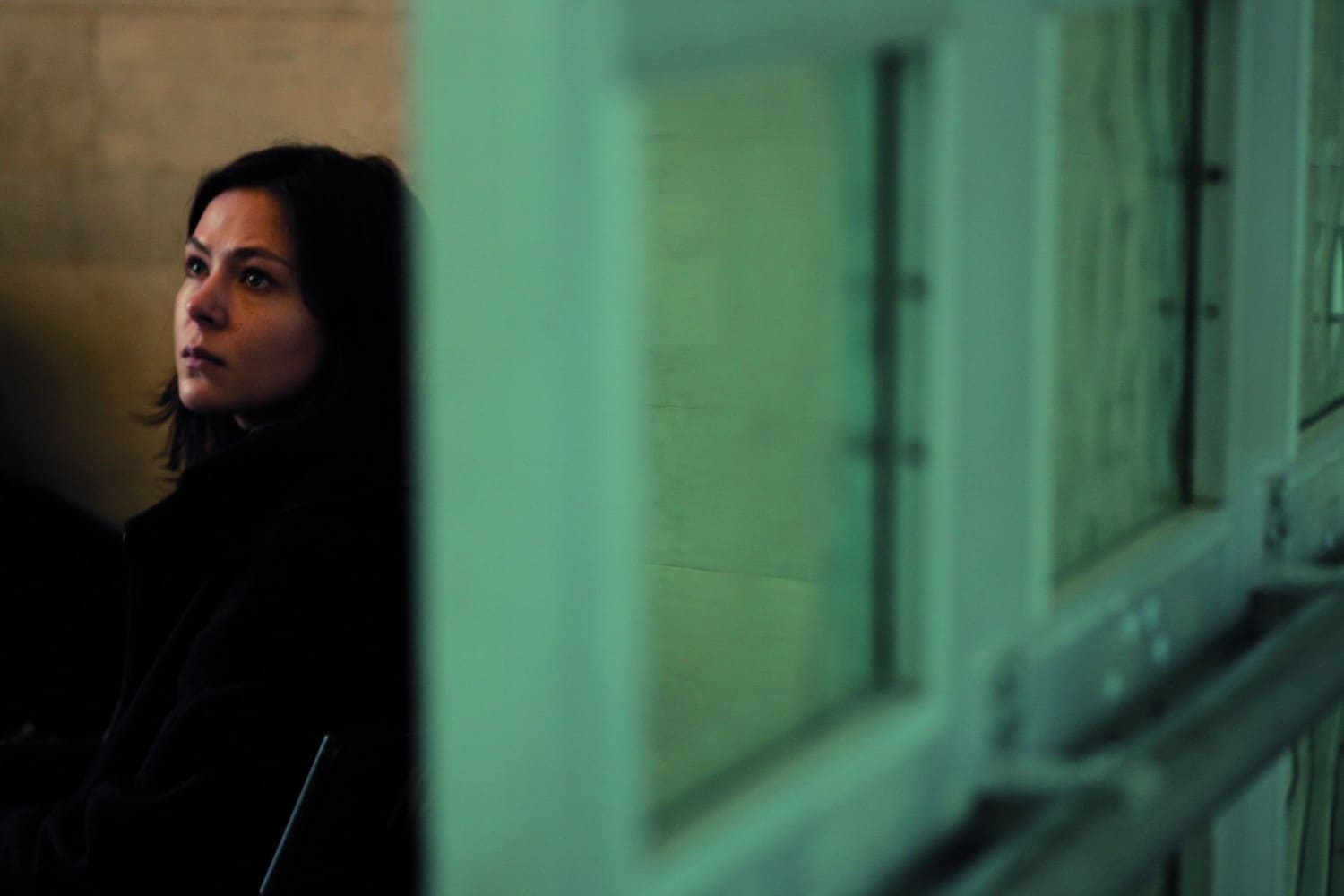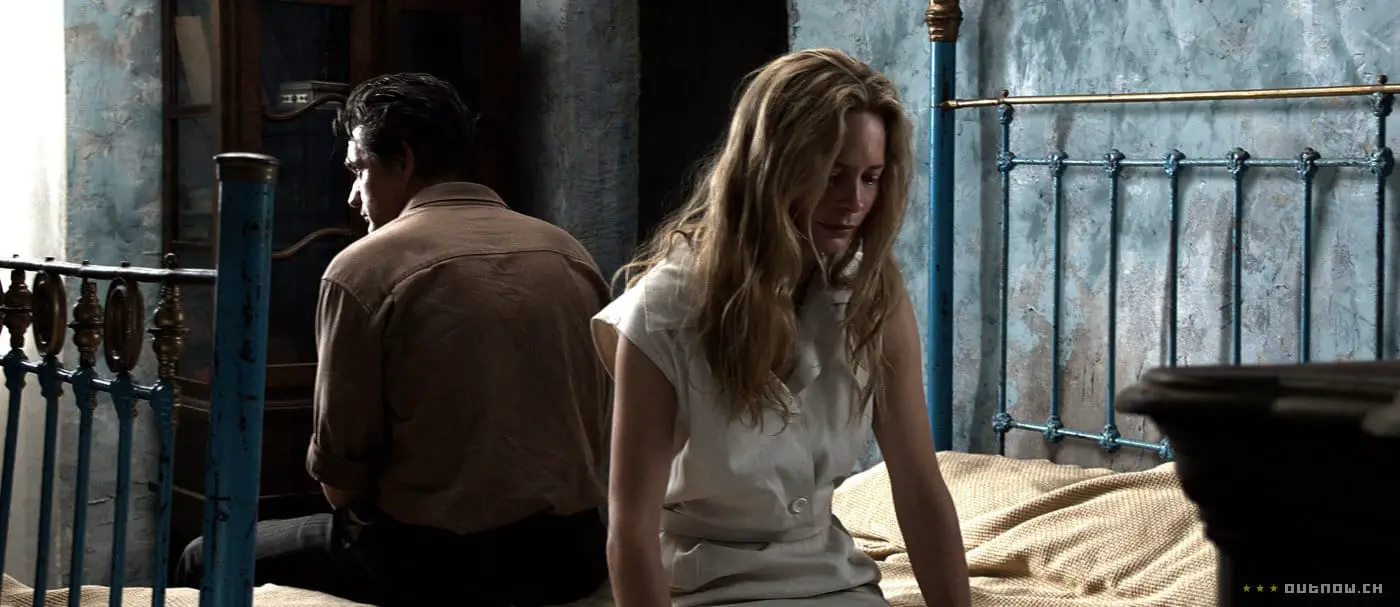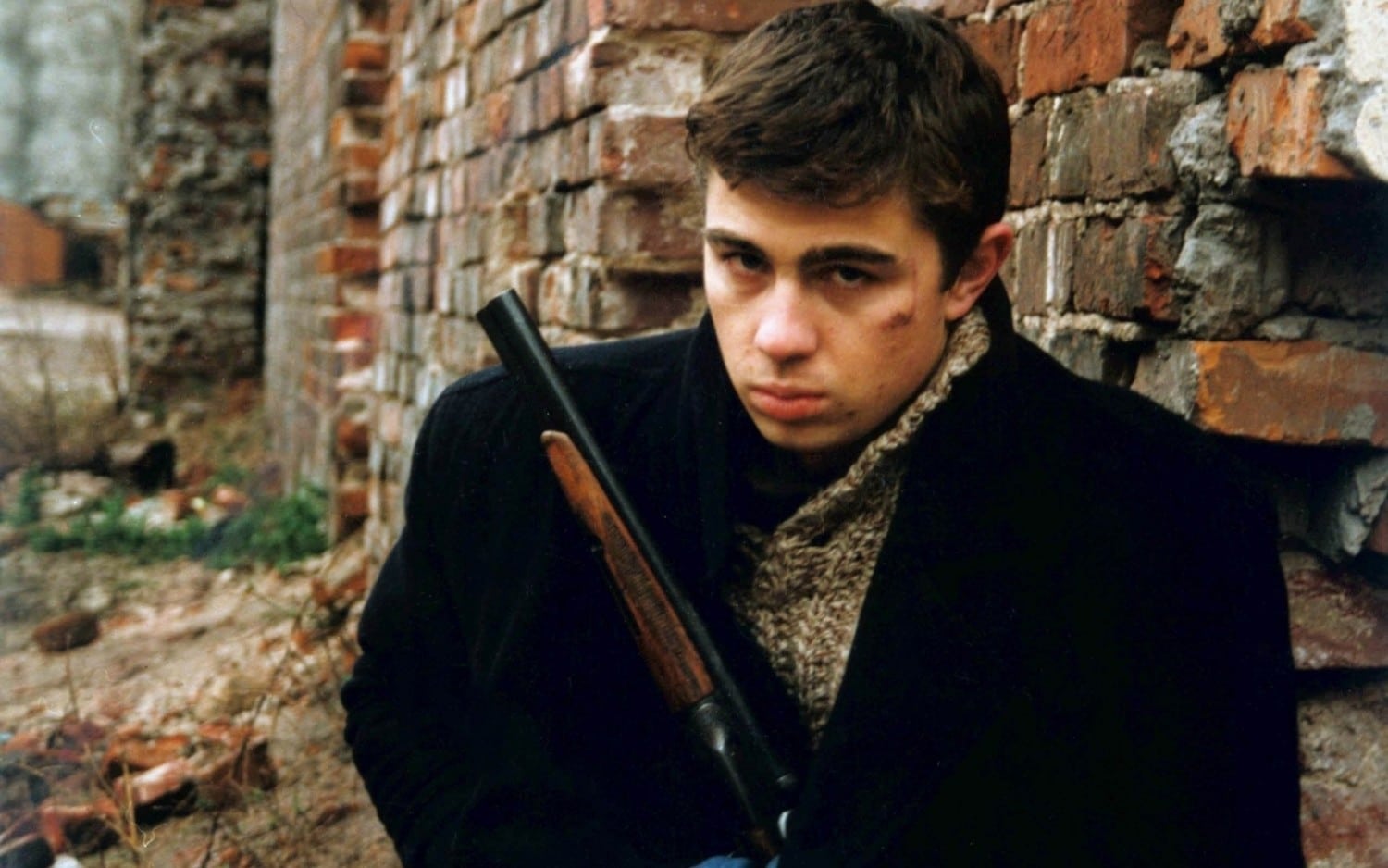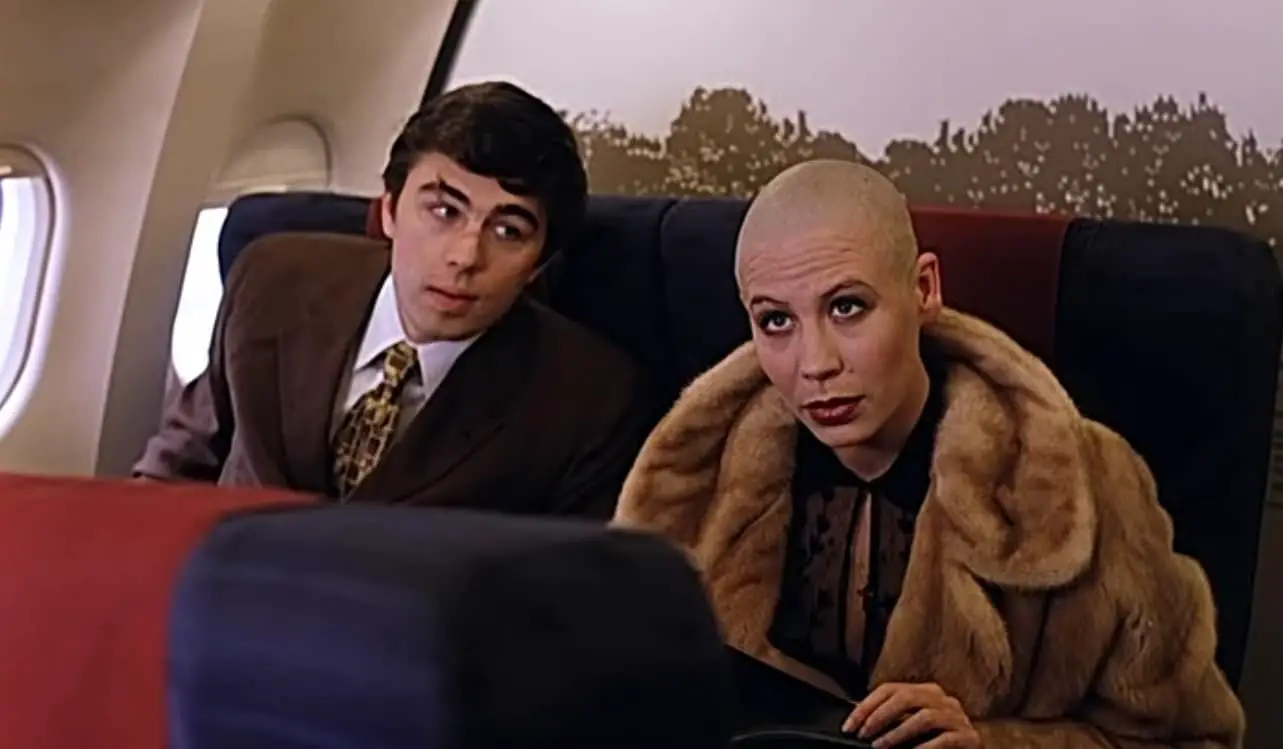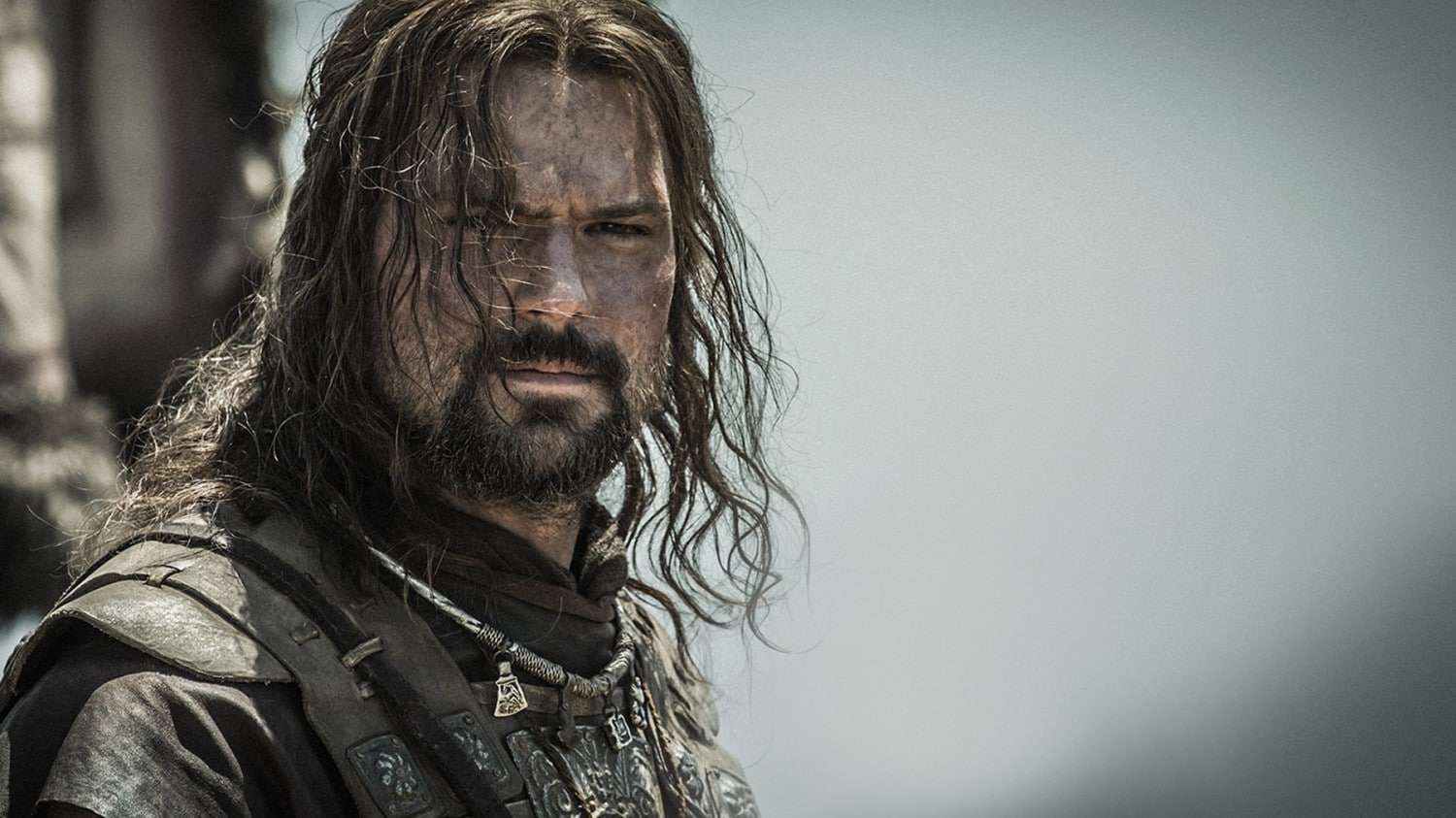Glasnost’ (Гласность), a political and social policy spearheaded by Soviet leader Mikhail Gorbachev (Михаил Горбачёв) in the USSR in the late 1980s, described an increased ability of Soviet citizens to openly discuss problems in their country. Glasnost’ affected nearly all aspects of society, including filmmaking. Filmmakers of the late Soviet period used their newfound freedom to reveal dark truths of Soviet life through a cinematic and literary style known as chernukha (чернуха), which directly translates to “black stuff” in Russian.
What is Chernukha?
Chernukha echoes the classic Russian literary canon and its focus on social problems. Chernukha was also particularly concerned with lower social strata, which was particularly hard hit by the collapsing economy and social structures that also marked the USSR in the late 1980s.
Narratives in chernukha center around truth and showing how life is for people living under the conditions they were placed in. There is no judgment passed – and most often no solution offered. Chernukha in many ways stood Socialist Realism on its head. Whereas Socialist Realism, the long-enforced genre that dictated that art in the USSR should show the best aspects of Soviet society and its idealized future, chernukha now focused on the gritty underside of Soviet society and the problems common people faced in a completely non-idealized present. It presented its stories in stark realism in what might be considered similar to the dark stories of Fyodor Dostoevsky (i.e. Crime and Punishment) and Maxim Gorky (i.e. The Lower Depths).
Chernukha in the Soviet 80’s and 90’s
One of the most iconic chernukha films is Little Vera (Маленькая Вера), released in 1988. Clad in her 80s best, Vera floats around her provincial town, listening to Western pop music and attending underground parties. Director Vasily Pichul (Василий Пичул) presented the pressing social issues of the time—disillusionment, addiction, violence—with no didactic tone or solution offered. Chaos at home contributes to Vera’s hedonistic escapism, as she and her mother are tasked with taking care of her father, who abuses alcohol. In one harrowing scene, Vera watches as her drunken father stabs her boyfriend, Sergei, sending him to the hospital. After testifying on behalf of her father, Vera herself falls into a pattern of substance abuse and begins drinking and taking unprescribed medication. Like classic Russian authors before him, director Pichul also used a speaking name: vera, in Russian, means “faith,” and this gives the film’s title an alternate meaning (Little Faith) that reflects the bleakness of the time period.

Beyond revealing the darkness of the Soviet 80s, Little Vera is also concerned with honesty in terms of on-screen relationships, challenging the existing stereotype “There is no sex in the USSR”[1] through its explicit sex scene featuring Vera and Sergei. This scene contributed to the film’s success in the United States and helped spark interest in new Soviet films there; the actress playing Vera, Natalya Negoda (Наталья Негода), even went on to pose for Playboy.
Though Little Vera focused on Soviet families, other films of the time, like The Needle (Игла) and White Crows (Белые Вороны), explored broader crime and corruption. The Needle stars Viktor Tsoi (Виктор Цой), leader of Soviet rock band Kino (Кино), an important figure in perestroika, whose early death in a car crash at the height of his fame is itself still surrounded by theories that it may have been orchestrated by those who stood against Tsoi’s songs of disillusionment and hopes for change.

In The Needle, Tsoi’s character, Moro, must oppose a crime boss in order to help his girlfriend conquer her morphine addiction. The film shows firsthand the visual truths of drug addiction and the exploitation of women. In an attempt to help Dina recover and escape the violence of organized crime, Moro takes her to the Aral Sea, the site of a former vacation, only to find that environmental devastation has rendered the lake (once the fourth largest in the world) into a dry, uninhabited desert. Returning to the city, Moro meets his end alone in the snow, though streetlamps frame the final shot, hinting at an uncaring populace. The setting provides a physical anchor for the barren, isolating world of chernukha, creating a haunting backdrop for the disturbing events of the film.
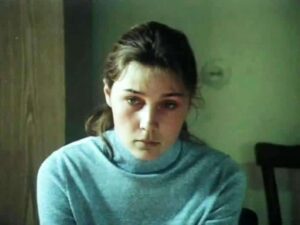
In White Crows, a man named Vasilev (Васильев) returns from his tour in the Soviet-Afghan War and finds out his wife has been raped and the crime covered up by a corrupt government official. Along with his former comrade-in-arms, Vasilev faces the reality of his return from a futile war to a brutal, corrupt society as the two trace the intricate lie surrounding the violent attack. The film begins with a scene of his wife in a decaying church, looking to a crumbling icon without a face, and then pans to a dead crow. As his wife Nastya (Настя) recovers in a similarly shabby and outdated hospital, she experiences traumatic flashbacks.
Aleksei Balabanov (Алексей Балабанов), perhaps the best known director who worked in the chernukha genre, made use of this in his films Brother and its sequel, as well as Cargo 200, which feature sexual and gendered violence in their plotlines. For example, tram operator Sveta (Света) begins a relationship with hero Danila (Данила) despite her marriage to an abusive man who leaves her with bruises. Her connection to Danila causes henchmen of the opposing gang to attack her, and this act serves as motivation for Danila to launch his counter against them in the name of truth and justice.
It’s worth noting that, in several chernukha films (not including Little Vera, in which an attempted rape is seen from the perspective of the female lead), female suffering operates as a tool to motivate lead male characters to see the extent of society’s ruin.
Balabanov’s Brother, like other films of its genre, is also very concerned with truth, philosophy, and desolation. The beginning of the movie sees protagonist Danila wandering on set of a music video, looking for the name of the song (“Wings,” by Nautilus Pompilius), and throughout the film, he has philosophical discussions with the German (Немец), a destitute man he protects from violence. Like the barren Aral Sea in The Needle, Brother presents post-Soviet Russia as a near wasteland, as Balabanov selects run-down buildings, crumbling bridges, and seedy alleyways as filming locations. A defining film of late chernukha, Brother juxtaposes the violence of the 90s with its justice and truth-seeking protagonist.
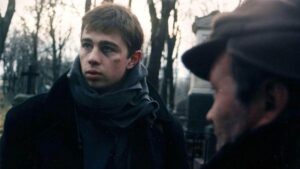
In Brother 2, a sequel released in 2000, Danila remains a figure entirely consumed with a desire for truth despite the harsh social situations he experiences as a young veteran in 90s Russia. He sums up the goals of chernukha in that film in a single question aimed at an American crime lord: “в чём сила, брат?” (Where does strength come from, brother?”) The answer is still recognizable by most Russians: “Cила в правде: у кого правда, тот и сильнее.” (Strength is in truth: whoever has the truth is stronger). Spoken to an American oligarch, this quote also speaks to the friction between the materialistic illusion of the American Dream and the Russian desire for philosophical truth.
The Enduring Utility of Chernukha
The legacy of chernukha continues into the 21st century, as social problems continue to be unearthed and presented as new, continually transforming beasts. Yuri Bykov’s (Юрий Быков) 2014 film The Fool (Дурак) shows the price of the truth, as its protagonist Nikitin (Никитин) encounters violent opposition from corrupt city officials when trying to save hundreds of residents from an ignored, dilapidated apartment building. The title references the “Ivan the Fool” archetype, who is often praised for his single-mindedness and clarity of vision. However, in Bykov’s film, this becomes a tragic flaw, as the people Nikitin is trying to save end up attacking him for trying to tell them the truth. They are unwilling to face the facts of danger and neglect, and “the Fool,” Nikitin, is the man who pays.
In Elena, created in 2011 by Andrey Zvyagintsev (Андрей Звягинцев), the truth of wealth disparity and the dominance of the ruling class is a key theme. The titular character Elena wants to provide for her drunk, unemployed son, but her wealthy husband refuses. Tension reaches a boiling point when her grandson is set to be drafted into the military. His poor academic performance precludes him from the university exemption. His only option left to avoid the draft is to pay a bribe. To secure the funds, Elena kills her spouse, and the extended family moves into the mansion, where the cycle of alcohol abuse and inaction continues. This film reveals the desperation of the working class, featuring memorable visuals of the urban decay surrounding the apartment where Elena’s son and his family live.
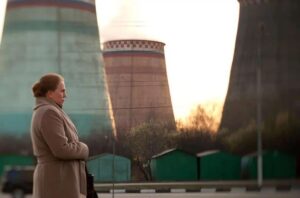
Born from the clarity of glasnost’ and the trials of perestroika, but rooted in the Russian literary tradition, chernukha films have shocked viewers with their blunt depictions of the problems common people faced in late Soviet (and post-Soviet) life. At the same time, the genre provides its own kind of comfort in the form of honesty, a truth beyond the didactic and prescribed utopian visions of earlier Socialist Realism.
[1] There is no sex in the USSR (В СССР секса нет)—This phrase comes from a 1986 Soviet-American broadcast in which participants asked each other questions about their home country.
You Might Also Like
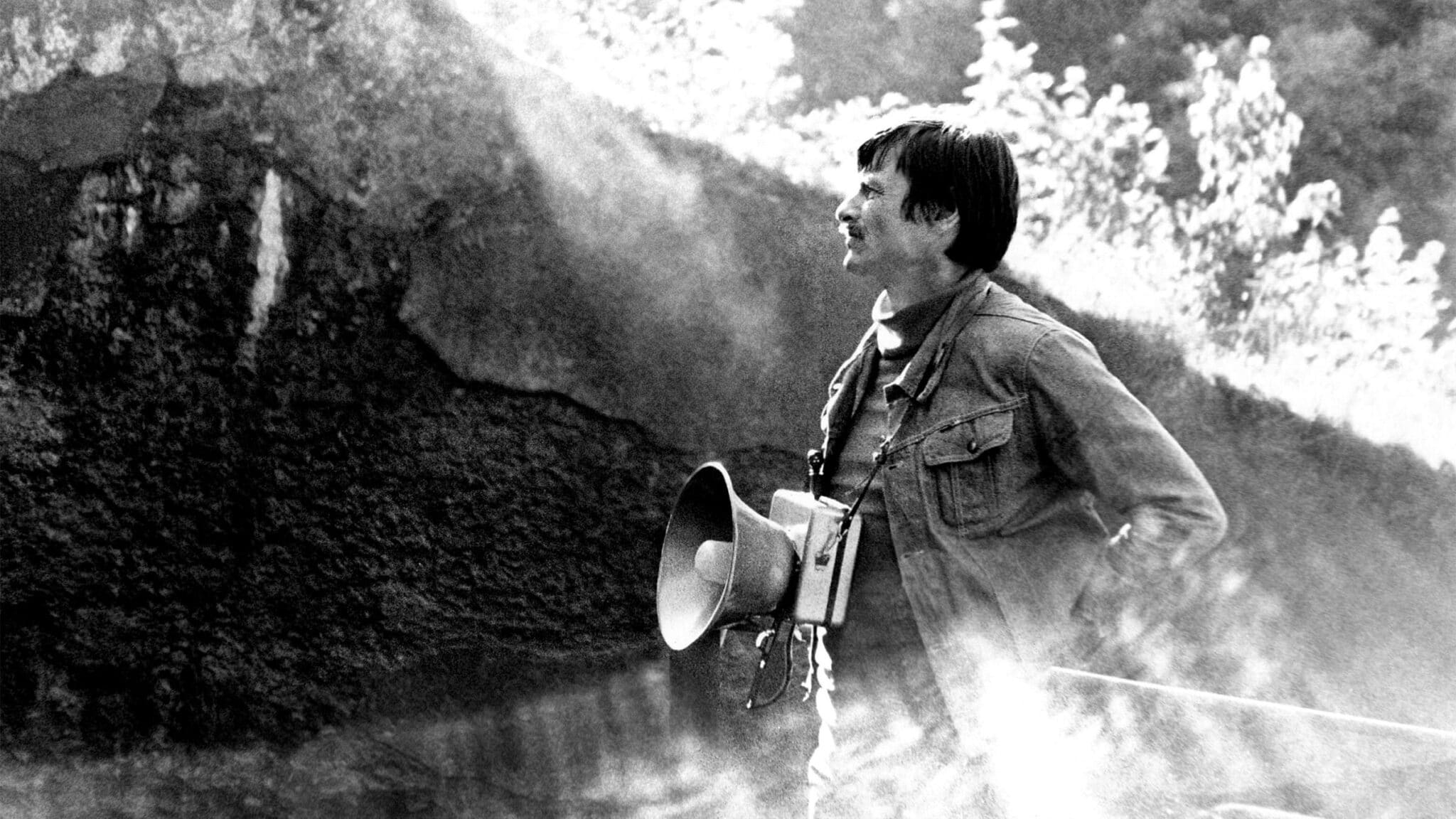
Tarkovsky: Films of Eternal Complexity
Russian film critic Maya Turovskaya writes in Tarkovsky: Cinema as Poetry that when she attended a special screening of Andrey Tarkovsky’s first film, Ivan’s Childhood, at a meeting of the Union of Cinematographers of the USSR, the prevailing opinion amongst the audience was that of awe mixed with confusion. This feeling of mystification, of seeing […]
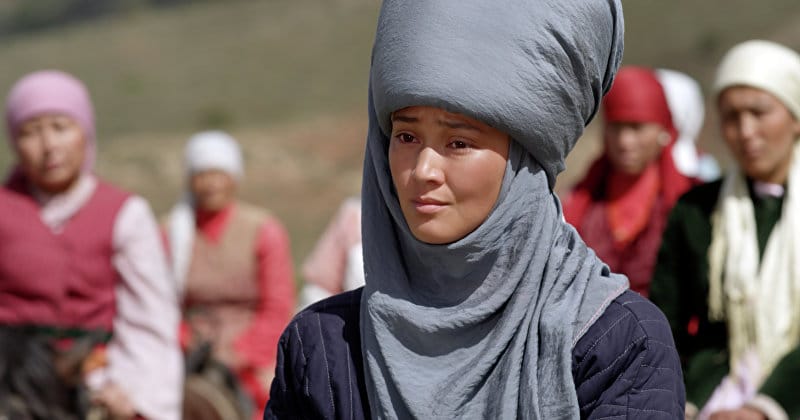
Kurmanjan Datka: American Students Review a Modern Kyrgyz Film
Kurmanjan Datka is a historical drama about a woman who helped unite Kyrgyzstan’s fourty tribes into a nation to fight the invading Russian forces. Recently, a modern film was made of her life and deeds. It is called simply Kurmanjan Datka, although it was released with English subtitles with a second name: Queen of the […]
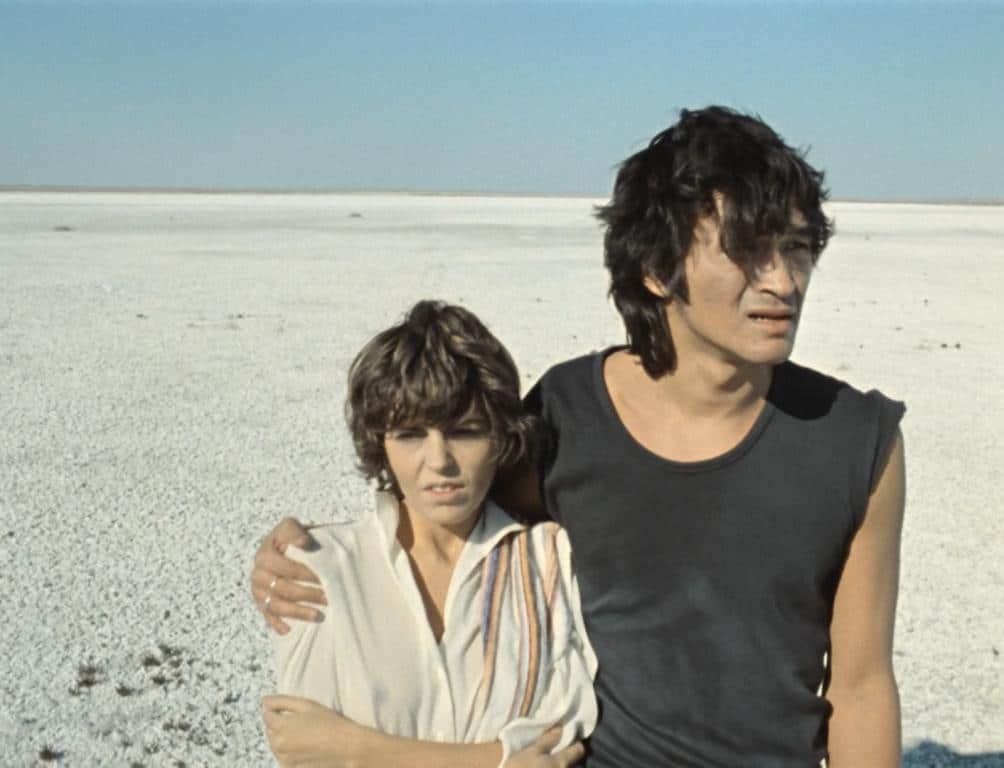
Chernukha: Russia’s Tough Truths Through The Filmmaker’s Lens
Glasnost’ (Гласность), a political and social policy spearheaded by Soviet leader Mikhail Gorbachev (Михаил Горбачёв) in the USSR in the late 1980s, described an increased ability of Soviet citizens to openly discuss problems in their country. Glasnost’ affected nearly all aspects of society, including filmmaking. Filmmakers of the late Soviet period used their newfound freedom […]
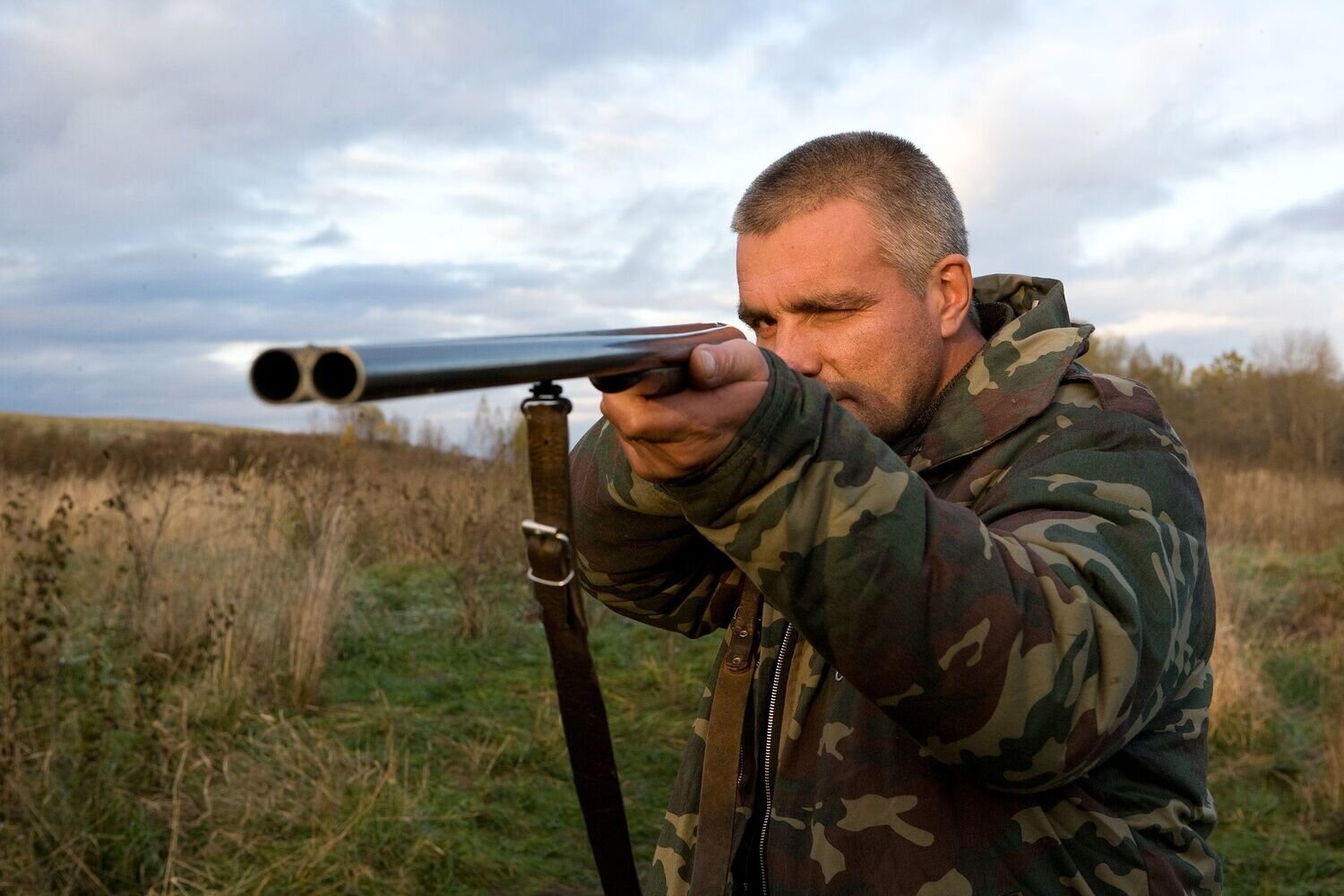
The Hunter (2011): Learning Russian Through Film
The Hunter (2011; Охотник), directed by Bakur Bakuradze, is a film of few words. Starring Mikhail Barskovich, Tatyana Shapolova, and Gera Avdochenok, the film employs lesser-known actors in the creation of this deeply moving picture. The film was critically well received and was nominated for the UN Certain Regard Award at the 2011 Cannes Film […]
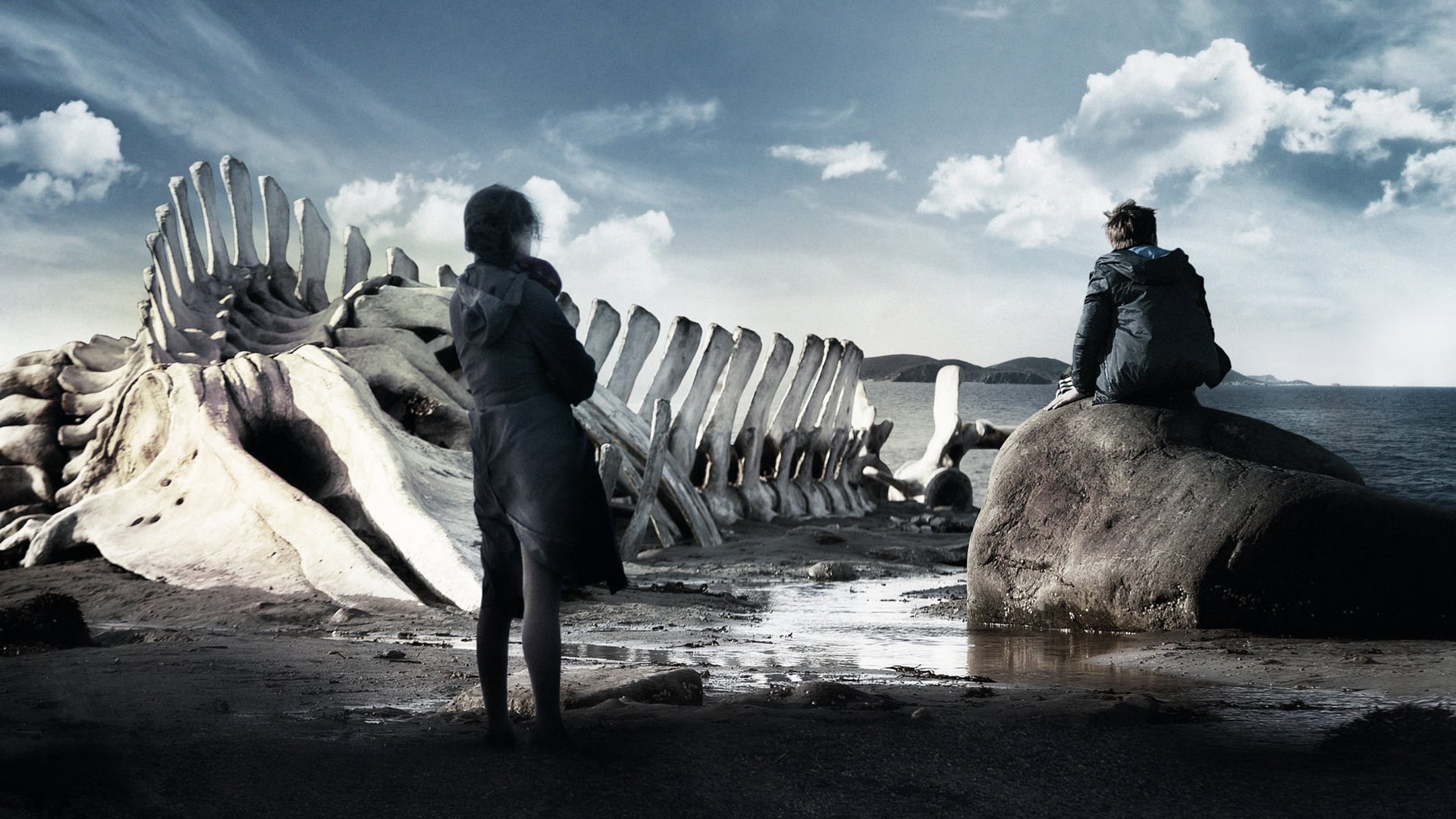
Leviathan (2014): Learning Russian Through Film
Leviathan (2014; Левиафан) is a powerful film that lives up to its theological title. The film stars well-known actors who participated in director Andrey Zviaginstev’s other pictures, namely Aleksey Serebryakov, Elena Lyadova, and Roman Madyanov. Zviaginstev is known for his landscape-heavy film style in which the sublime seems to play its own character. This can […]



